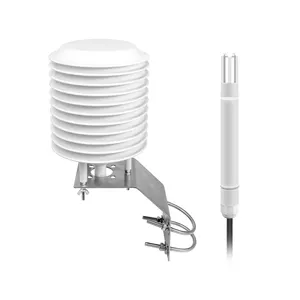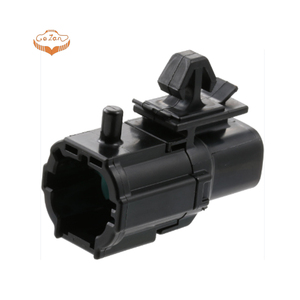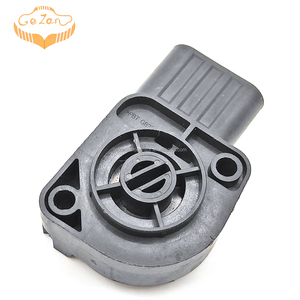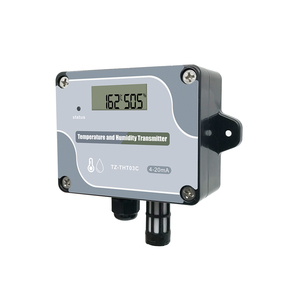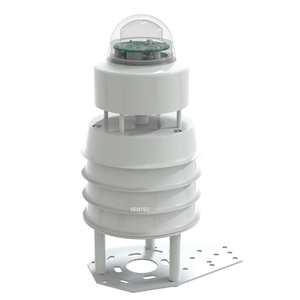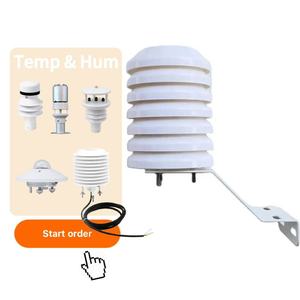Ambient Temperature Sensor




 Top sponsor listing
Top sponsor listing









 1/25
1/25





 1/3
1/3

















 0
0





 1/3
1/3





 1/3
1/3













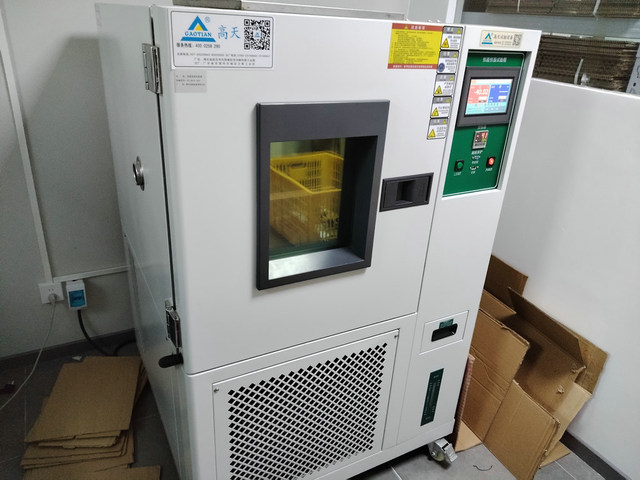

 1/17
1/17



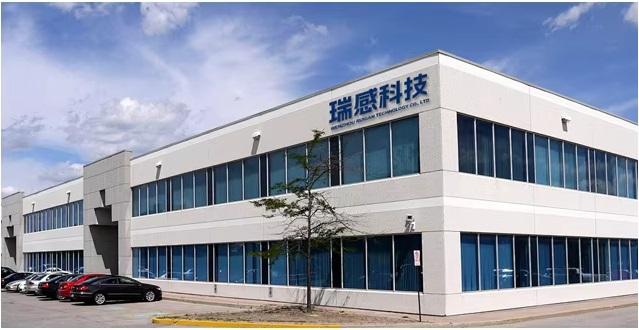

 1/2
1/2





 1/3
1/3







 1/4
1/4




 0
0






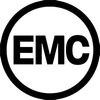




 1/51
1/51





















 1/3
1/3











 1/3
1/3
About ambient temperature sensor
Where to Find Ambient Temperature Sensor Suppliers?
China remains the central hub for ambient temperature sensor manufacturing, with key production clusters in Guangdong and Jiangsu provinces driving innovation and scale. The Pearl River Delta region, particularly Shenzhen and Guangzhou, hosts advanced electronics supply chains that support rapid prototyping and high-volume production of IoT-integrated sensors. These areas offer vertically integrated ecosystems—spanning PCB fabrication, microcontroller programming, and environmental testing—enabling streamlined development cycles and reduced component lead times.
Suppliers in these regions specialize in both industrial-grade and consumer-targeted sensing solutions, leveraging proximity to semiconductor suppliers and automated assembly lines. This integration allows for cost efficiencies of 15–25% compared to equivalent Western manufacturers. Buyers benefit from flexible production runs, with standard lead times averaging 10–20 days for batch orders. Additionally, established export infrastructure ensures compliance-ready packaging and global shipping via air or sea freight, supporting demand across HVAC, automotive, and smart agriculture sectors.
How to Choose Ambient Temperature Sensor Suppliers?
Effective supplier selection requires rigorous evaluation across technical, operational, and transactional dimensions:
Technical & Quality Compliance
Confirm adherence to international standards such as ISO 9001 for quality management and RoHS for hazardous substance restrictions. For applications requiring data integrity (e.g., cold chain monitoring), verify support for communication protocols like Modbus RTU, LoRaWAN, or RS485. Sensors used in outdoor or industrial environments should meet IP65+ ingress protection ratings and operate within specified temperature ranges (typically -40°C to +85°C).
Production and Customization Capability
Assess supplier flexibility based on available customization options:
- Output signal types (analog 4–20mA, 0–10V, digital I²C, PWM)
- Sensor housing materials (ABS, stainless steel, UV-resistant polymers)
- Cable length, connector type, and pin configuration
- OEM labeling, logo printing, and packaging design
Prioritize suppliers offering configurable firmware, mobile app integration, or cloud platform compatibility for smart monitoring systems.
Supply Chain Reliability
Analyze delivery performance metrics: a minimum 98% on-time delivery rate is recommended for mission-critical procurement. Response time under 2 hours indicates strong customer service infrastructure. Reorder rates above 40% reflect customer satisfaction and product reliability. Cross-reference online revenue indicators and order history to assess financial stability and market presence.
What Are the Best Ambient Temperature Sensor Suppliers?
| Company Name | Location | Main Products | On-Time Delivery | Reorder Rate | Avg. Response | Online Revenue | Customization Options | Notable Features |
|---|---|---|---|---|---|---|---|---|
| Guangzhou Gezan Sensor Co., Ltd. | Guangdong, CN | Auto Sensors, Injection Valves, Timing Chain Kits | 99% | 47% | ≤2h | US $580,000+ | Pinout, color, size, logo, packaging, model number | High reorder rate; broad automotive sensor portfolio |
| Guangzhou Zhenhua Auto Part Trading Co., Ltd. | Guangdong, CN | Ambient Air Temp Sensors, Outside Air Sensors | 99% | 45% | ≤2h | US $390,000+ | Color, material, size, logo, packaging, graphic | Low MOQ pricing from $1.40/unit; focused on auto OEMs |
| Tzone Digital Technology Co., Ltd. | Guangdong, CN | Wireless Temp/Humidity Sensors, LoRa Devices | 99% | 21% | ≤2h | US $340,000+ | Cloud integration, LCD display, SIM card, software config | Supports real-time data, mobile apps, gateway systems |
| Jiangsu Aice Instrument Technology Co., Ltd. | Jiangsu, CN | Infrared Sensors, Radiation Shields, Industrial Probes | 100% | 22% | ≤2h | US $170,000+ | Thread size, output signal, cooling jacket, explosion-proof | Specializes in non-contact IR sensors and solar shielding |
| Shenzhen United Innovation Automatic Control System Co., Ltd. | Shenzhen, CN | IoT Sensors, Environmental Monitors, Battery Testers | 100% | <15% | ≤3h | US $3,000+ | Limited public customization data | Focus on industrial IoT and server room monitoring |
Performance Analysis
Guangzhou-based suppliers dominate in aftermarket automotive sensor production, with Gezan and Zhenhua achieving high reorder rates (45–47%) due to competitive pricing and consistent delivery. Tzone stands out for wireless and cloud-connected solutions, catering to greenhouse and building automation markets with configurable alarm systems and real-time monitoring. Jiangsu Aice offers niche expertise in infrared and radiation-shielded sensors suitable for harsh or outdoor deployment. Despite lower reported revenue, Shenzhen United Innovation maintains perfect on-time delivery, indicating efficient small-batch processing ideal for pilot projects. Buyers seeking scalable OEM partnerships should prioritize suppliers with documented customization workflows and multi-protocol support.
FAQs
How to verify ambient temperature sensor supplier reliability?
Validate certifications through official registries and request test reports for accuracy (±0.5°C typical), response time, and long-term drift. Review transaction histories for dispute resolution patterns. Conduct virtual audits to confirm in-house testing capabilities, including thermal chambers and humidity cycling equipment.
What is the typical MOQ and pricing range?
Standard MOQs range from 5 to 20 units, with prices varying by technology: basic NTC sensors start at $1.40/unit, while LoRa-enabled or RS485 models range from $20–$60. Infrared and explosion-proof variants exceed $60 per unit. Volume discounts typically apply beyond 500 pieces.
Do suppliers offer calibration and testing documentation?
Reputable manufacturers provide individual or batch calibration certificates traceable to NIST standards. Verify whether pre-shipment testing includes functional checks under extreme temperatures and EMI/RFI exposure, especially for industrial use cases.
Can ambient sensors be integrated into existing monitoring systems?
Yes, provided the output signal and communication protocol match system requirements. Suppliers with engineering teams can assist in protocol translation (e.g., Modbus to MQTT) or provide SDKs for API-level integration with SCADA or BMS platforms.
What are common lead times and shipping options?
Production lead time averages 7–15 days post-payment confirmation. Express air shipping delivers internationally within 3–7 days; sea freight takes 20–35 days but reduces logistics costs by up to 60% for full-container loads.



